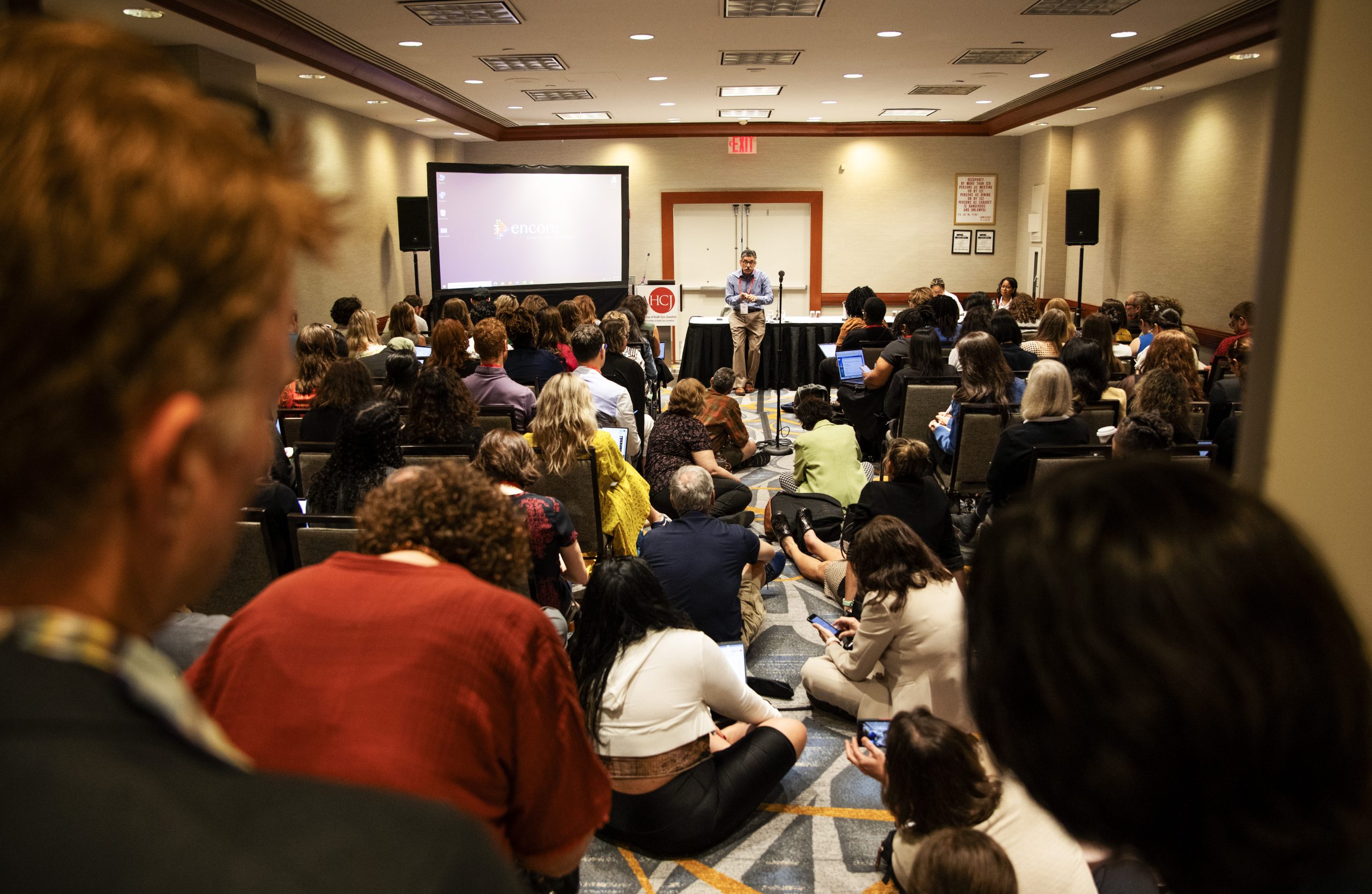By Rachel Hale, Milwaukee Journal Sentinel & Wisconsin Health Journalism Fellow
During the “Writing tips you’ll use every day” session at HJ24, Steve Padilla, editor of Column One, the Los Angeles Times’ showcase for storytelling, offered advice on how to make writing brighter, tighter and better.
Among other guidance, Padilla provided key points and tips on how to use anecdotes and quotes. He also explained new ways to think through writing and editing articles, from quick dailies to enterprise stories.
Padilla’s two key points were to always come back to meaning and to embrace revisions. People should know the point of a story. He said rewriting or tinkering with something doesn’t make you a bad writer — it is part of the process.
“The most important thing in writing — and we blow this off all the time – is the meaning,” Padilla said. “We should not get so hung up on how to say something. If we know what we want to say we’ll figure out how to say it.”
He also suggested using speaking as a tool to make writing better, whether it’s reading work out loud during a draft to catch typos or deleted words or talking through a story idea out loud.
One self-editing tip Padilla emphasized was doing a verb check to remove unnecessary passive voice and to add a wow element when using verbs. He also said crafting good sentences is like telling a joke — the end is the most important part.
“End sentences with a bang. Put the best stuff at the end of the sentence,” Padilla said.
When it comes to ledes, Padilla advised attendees to think beyond anecdotal ledes and to use one that is representative of what the story is about. He also suggested opening with the scene, pivoting to a nutgraf, then ending the scene.
He maintained that good writing should show a story through action, including in quotes about action. He said good writing is like music and often based on contrast – loud, quiet, sharp, soft, etc. With writing, you can do that by contrasting images, which keeps your reader engaged.
“I double dare you to end a feature story in your voice and not a quote,” Padilla said.
Rachel Hale is a State Government and Politics Intern with the Milwaukee Journal Sentinel. She is a 2024 Wisconsin Fellow with AHCJ.





